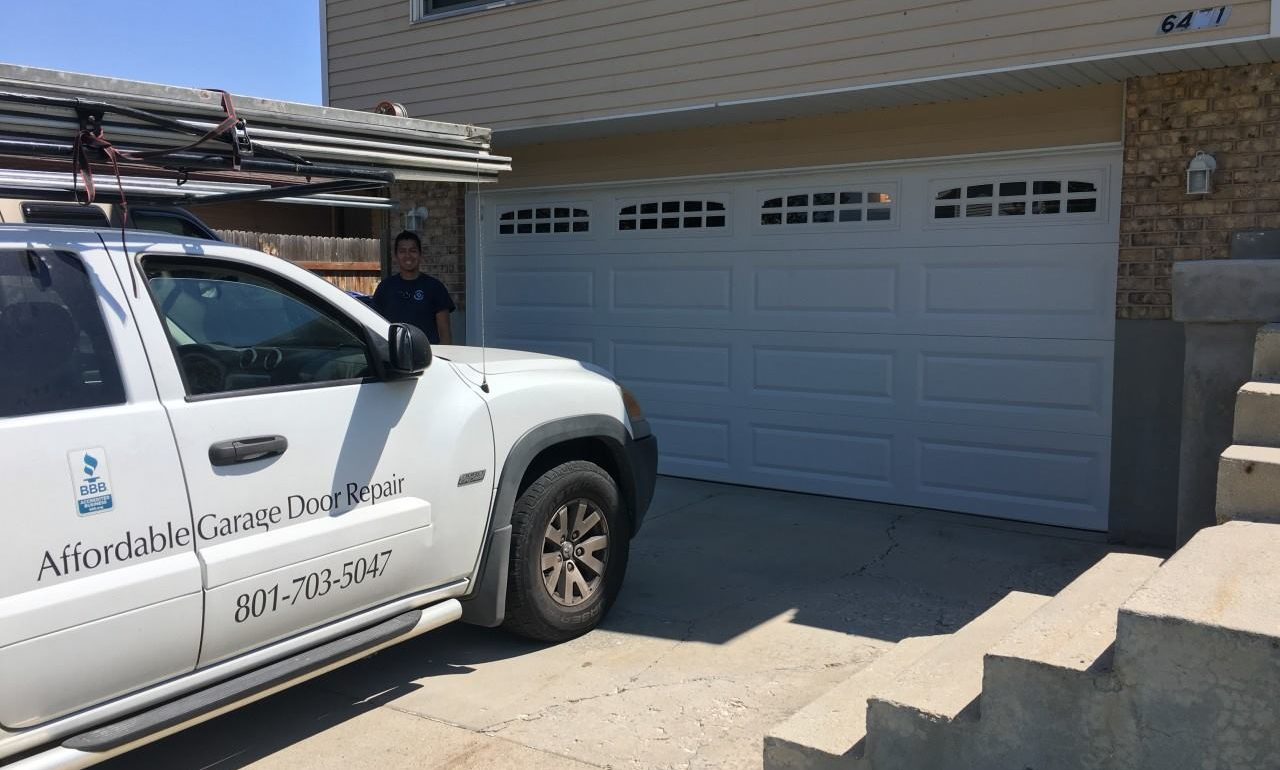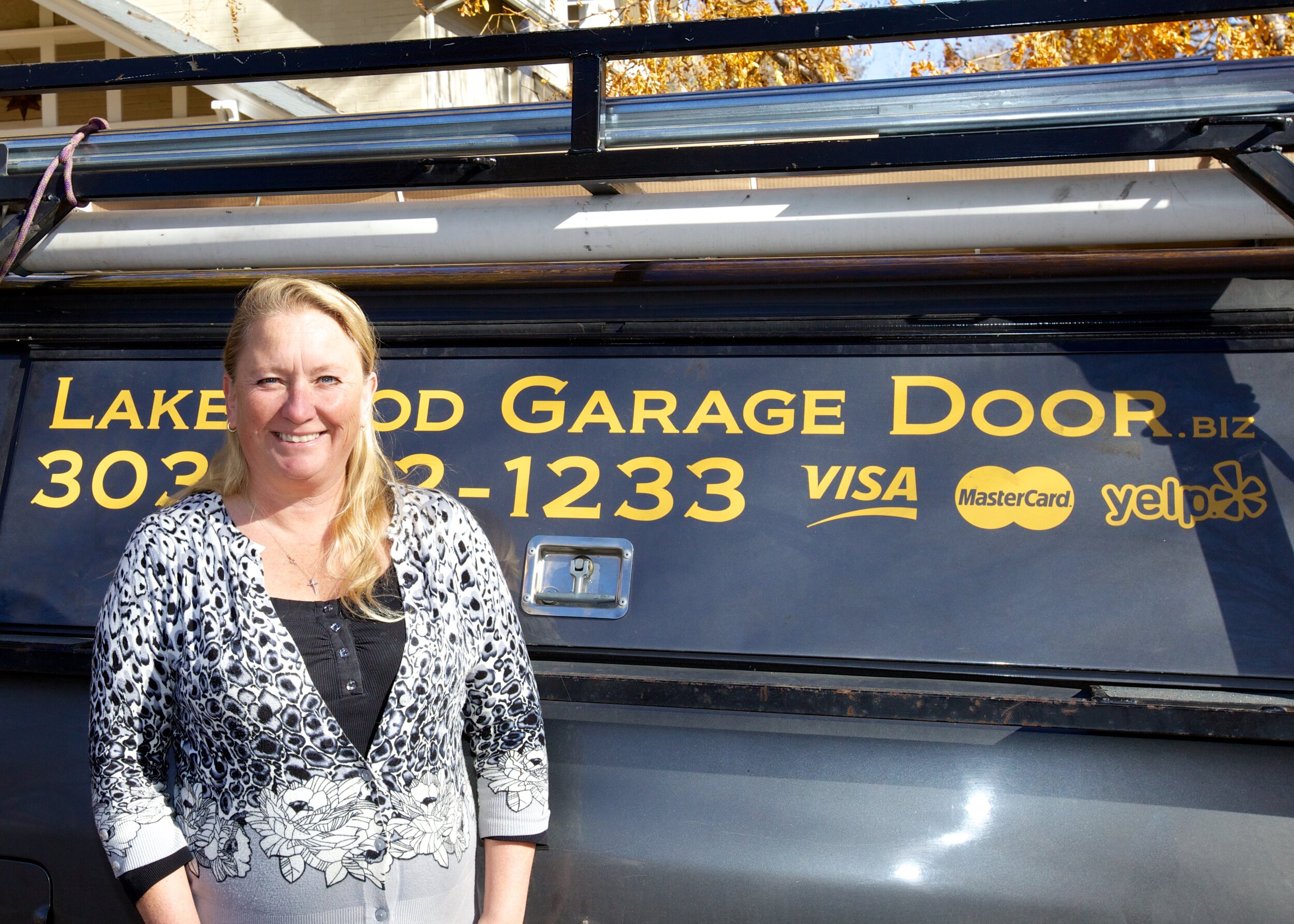Exactly How to Repair Common Garage Door Issues: A Repair Overview
Garage doors are important for both safety and ease, yet they frequently provide an array of issues that can disrupt their performance. Several might ignore the relevance of preventative maintenance, which can considerably affect the long life and integrity of their garage door system.
Identifying Common Garage Door Problems
Identifying typical garage door issues is necessary for keeping the functionality and security of your home. A well-functioning garage door not only offers benefit however likewise improves safety and security and shields your property from potential intrusions.
One of the most frequent issues is misalignment. This can cause the door to bind or otherwise shut effectively. Evaluating the tracks for particles or damages is vital, as blockages can result in functional failures. Furthermore, damaged springtimes are one more typical concern; they can cause the door to become tough and hefty to lift. Frequently inspecting these components can prevent abrupt failings.
One more prevalent issue involves the garage door opener. Unresponsive remotes or irregular operation may show battery issues or circuitry troubles. Sensors can end up being misaligned or blocked, preventing the door from closing, which positions a security risk.
Repairing a Stuck Garage Door
Experiencing a stuck garage door can be both frustrating and inconvenient, commonly stemming from a range of underlying problems. To troubleshoot successfully, begin by checking out the door's tracks and rollers.
Following, examine the garage door opener. A malfunctioning opener can protect against the door from moving. Examine the source of power, guaranteeing it is plugged in and the circuit breaker is not stumbled. Make sure that the batteries are working appropriately. if the opener has a remote.

Dealing With Noisy Garage Door Devices
Resolving the issue of a loud garage door device is important for keeping a peaceful home setting. Loud garage doors can result from various aspects, consisting of damaged parts, lack of lubrication, or imbalance. Determining the source of the sound is important for reliable resolution.
First, inspect the garage door springs and cords. They might require substitute if they are torn or revealing indicators of wear. Next off, examine the rollers; put on or harmed rollers can develop significant sound. Consider changing them with nylon rollers, which run even more quietly than steel ones.
Lubrication is an important step in minimizing noise. Use a silicone-based lube to the relocating parts, consisting of tracks, joints, and rollers. Stay clear of making use of oil, as it can attract dust and debris, resulting in further difficulties.
Check the placement of the tracks. The door might rattle or bind during operation if they are not effectively lined up. Loosen up the track bolts, readjust the placement, and retighten them for a smoother operation.
Managing Remote Control Issues
When your garage door push-button control stops working, it can be a discouraging experience. There are a number of steps you can take to detect and solve the concern. Initially, inspect the batteries in the remote. Weak or dead batteries are usually the offender. Replace them with fresh batteries and evaluate the remote again.
If the remote still does not function, inspect the remote for any physical damage. Fractures or busted elements may avoid it from sending out signals successfully. Additionally, make sure that there are no obstructions in between the remote and the garage door opener. Often, objects can block the signal, causing performance issues.
An additional essential action is to reprogram the remote. Gradually, the shows can end up being interrupted, specifically if multiple remotes are in use. Describe your garage door opener's manual for pop over to this site certain reprogramming instructions.

Preventative Maintenance Tips
Routine preventative upkeep is important for guaranteeing the durability and ideal performance of your garage door system. To begin, examine the door's components, consisting of joints, rollers, and tracks, for any type of indications of wear or damage. Lubricate moving components with a top notch silicone spray or lithium grease to minimize rubbing and stop rust.
Following, additional hints check the door equilibrium by detaching the opener and by hand raising the door halfway. If it does not remain in place, the springtimes might require change or replacement. Make sure that the sensing units are clean and aligned, as misaligned sensors can prevent proper procedure and posture security threats.
In addition, analyze the weatherstripping for cracks or gaps, as this can influence power performance and protect against the components. Frequently test the auto-reverse feature by putting an object in the door's path to guarantee it reverses appropriately.
Final Thought

When your garage door remote control quits operating, it can be an aggravating experience. In addition, make certain that there are no blockages between the remote and the garage door opener.Following, inspect the door balance by detaching the opener and by hand lifting the door halfway.In verdict, addressing typical garage door problems needs a systematic technique including recognition, maintenance, and troubleshooting. Regular assessments of springtimes, tracks, and cords, additional info along with suitable lubrication and prompt battery replacements for remote controls, can significantly enhance the long life and performance of garage doors.